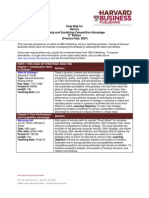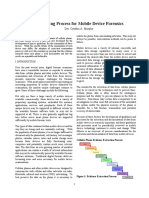0% found this document useful (0 votes)
131 views13 pagesHBC Sample Project.
Cellphone theft is a major issue in Chitungwiza, threatening residents' safety and financial stability. Proposed solutions include a community-based anti-theft app with GPS tracking, public awareness campaigns, and neighborhood watch programs to enhance security and recovery of stolen devices. Data collection and pilot programs indicate strong community support and a significant reduction in theft incidents with these initiatives.
Uploaded by
SeanCopyright
© © All Rights Reserved
We take content rights seriously. If you suspect this is your content, claim it here.
Available Formats
Download as DOC, PDF, TXT or read online on Scribd
0% found this document useful (0 votes)
131 views13 pagesHBC Sample Project.
Cellphone theft is a major issue in Chitungwiza, threatening residents' safety and financial stability. Proposed solutions include a community-based anti-theft app with GPS tracking, public awareness campaigns, and neighborhood watch programs to enhance security and recovery of stolen devices. Data collection and pilot programs indicate strong community support and a significant reduction in theft incidents with these initiatives.
Uploaded by
SeanCopyright
© © All Rights Reserved
We take content rights seriously. If you suspect this is your content, claim it here.
Available Formats
Download as DOC, PDF, TXT or read online on Scribd
/ 13





















































































